What is separation anxiety disorder?
Separation anxiety disorder is a common occurrence among children. It is most prevalent in babies between the ages of 8 and 12 months, and it generally goes away around the age of two. However, it can happen to adults.
During their elementary and teenage years, some children exhibit signs of separation anxiety. Separation anxiety disorder, or SAD, is the name for this condition. SAD affects three to four percent of kids.
SAD is associated with a variety of mood and mental health problems. As an adult, almost one-third of kids with SAD will now be diagnosed with mental disorders.
Read: COVID Anxiety Syndrome
Difference between separation anxiety in children and adults
It is common for babies to experience separation anxiety around the age of eight months. New people often scare babies at this age. It is safe for them when their parents are with them, but it is unsafe when their parents leave them. Toddlers begin to understand that their parents will return by age two.
There are some children who continue to experience separation anxiety beyond the age of two. Young children are most likely to suffer from separation anxiety disorder. Adults and older children can also be affected.
Children and adults suffer from separation anxiety disorder differently based on the type of loved one they are separated from. Separating from parents or other trusted caregivers usually causes anxiety among children.
Separation from children causes anxiety in adults. A spouse or significant other can also experience separation anxiety.
Separation anxiety disorder symptoms
When a kid is separated from his or her parents or caretakers, SAD symptoms appear. Separation anxiety can also lead to anxiety-related behavior. The following are some of the most prevalent behaviors:
- Clinging to parents
- Severe and extreme crying
- Refusal to engage in activities that need separation
- Physical discomforts, such as headaches or nausea
- Temper outbursts that are violent and emotional
- Refusal to attend classes
- Bad academic record
- Failure to engage with other children in a healthy manner
- Refusing to sleep alone
- Nightmares
Read: Emotional disorders
Risk factors for separation anxiety disorder
SAD is more common in children who have:
- History of anxiety or sadness in the family
- People that are shy and timid
- Low socioeconomic status
- Overprotective parents
- Lack of appropriate interaction with parent
- Challenging to deal with kids their own age
SAD can also develop as a result of a traumatic life experience, such as:
- Shifting to a new location
- Changing schools
- Divorce
- Death of a close relative
Related: Top Stressful Life Events
Diagnoses
SAD can be diagnosed in children who have three or more of the symptoms listed above. Additional tests may be ordered by your doctor to confirm the diagnosis.
Your doctor may also observe how you interact with your child. This demonstrates if your parenting style has an impact on your child’s anxiety management.
Treatment of separation anxiety disorder
SAD is treated with therapy and medication. Both therapy techniques can assist a child in overcoming anxiety in an effective way.
Therapy
Cognitive-behavioral therapy is the most effective (CBT) treatment. Children are taught anxiety coping strategies through CBT. Deep breathing and relaxation are two common techniques.
Parent-child interaction therapy is another approach for SAD treatment. It is divided into three stages of treatment:
Read: How to Calm Anxiety Attacks
- Child-directed interaction (CDI) is a parenting technique that focuses on strengthening the parent-child relationship. Warmth, attention and praise are all part of it. These contribute to a child’s sense of security.
- Bravery-directed interaction (BDI) is a technique that teaches parents why their kid is anxious. Your child’s therapist will create a courage ladder for him or her. The ladder depicts events that create anxiety. It develops pleasant reactions as a reward.
- Parent-directed interaction (PDI) teaches parents how to speak with their children clearly. This aids in the management of bad conduct.
Another important factor in successful therapy is the educational environment. When your kid is nervous, they need a secure place to go. There should also be a means for your child to contact you if they need to during school hours or other times when they are not at home.
Finally, your child’s instructor should encourage his or her students to interact with their peers. Speak with the instructor, the principal, or a guidance counselor if you have concerns about your child’s classroom.
Medication
There are no medicines available to treat SAD. If other treatments are ineffectual, older children with this disease may be given antidepressants. This is a choice that both the child’s parent or guardian and the doctor must carefully examine. Side effects in children must be properly monitored.
Related: Most Effective Anxiety Breathing Exercises
Effects of separation anxiety disorder on family life
SAD has a significant impact on both emotional and social development. The syndrome might cause a kid to avoid important developmental events.
SAD can also have an impact on family life. Some of these issues might include:
- Family activities that are restricted by bad conduct
- Parents that have little or no time for themselves or their children, lead to frustration
- Siblings who are jealous of the additional attention paid to the SAD child
If your kid suffers from SAD, talk to your doctor about treatment choices and how you can help manage the condition’s impact on your family’s life.
Complications
People with separation anxiety disorder have difficulty adjusting to social situations, working, and studying.
Separation anxiety disorder is associated with the following disorders:
- There are also other anxiety disorders, such as generalized anxiety disorder, panic attacks, phobias, social anxiety disorder and agoraphobia
- Obsessive-compulsive disorder
- Depression
Prevention
The following recommendations may help your child avoid separation anxiety disorder.
- Consult a professional if you think your child’s anxiety is much greater than normal development. The symptoms of this disorder can be reduced and prevented from getting worse with early diagnosis and treatment.
- Maintain your treatment plan to avoid relapses or symptoms worsening.
- Taking care of your mental health, whether it is anxiety, depression, or other mental health concerns, is one of the best ways to teach your child healthy coping skills.
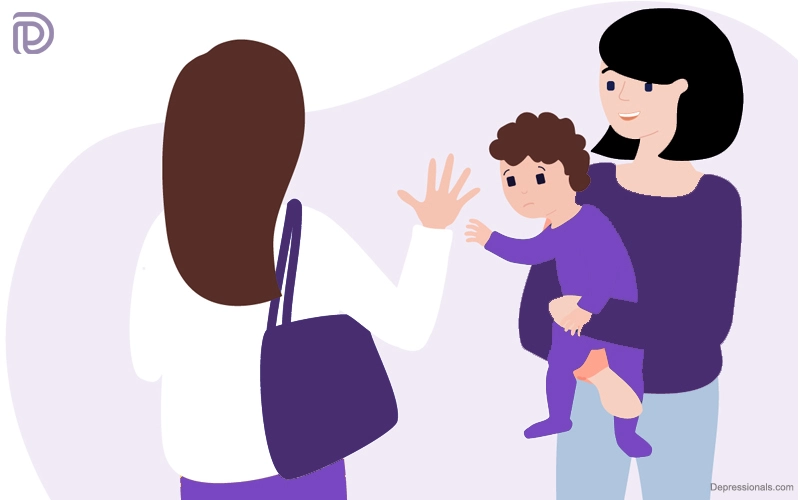
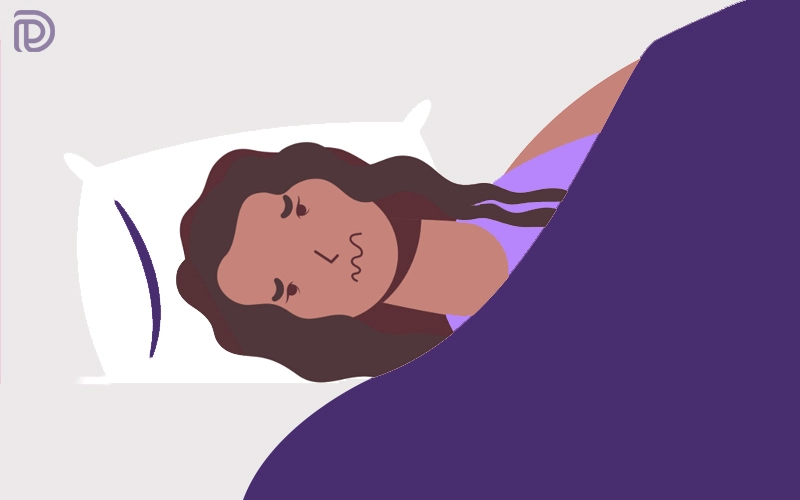
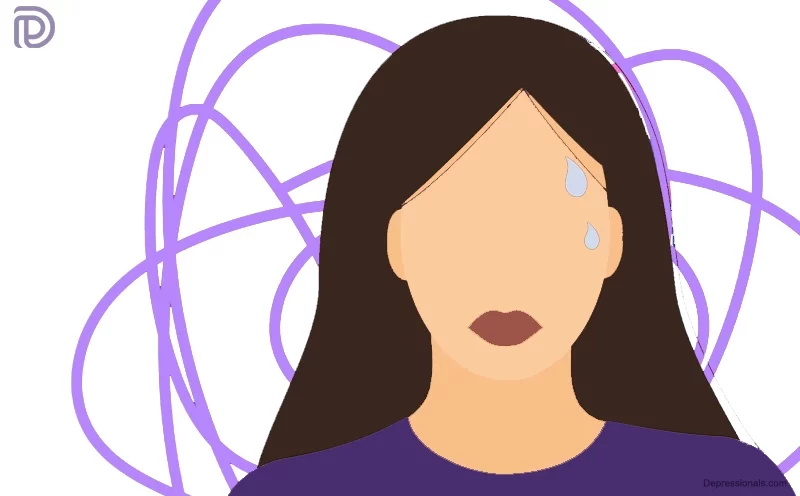
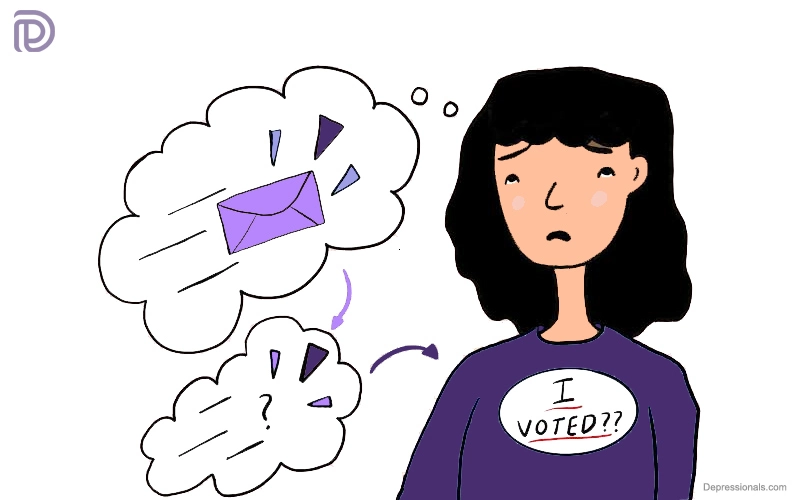
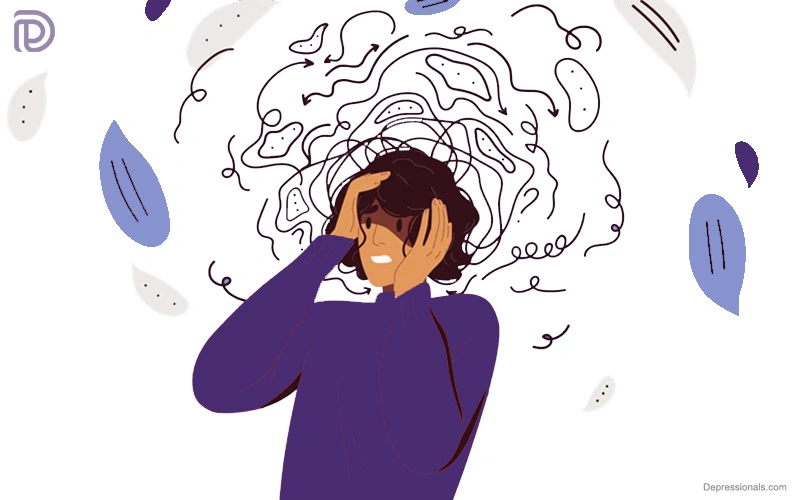

I have been surfing on-line more than three hours today, yet I by no means discovered any fascinating article like yours. It’s beautiful value sufficient for me. In my opinion, if all web owners and bloggers made good content material as you probably did, the web shall be much more useful than ever before. “We are not retreating – we are advancing in another Direction.” by Douglas MacArthur.
Whats up very nice site!! Guy .. Excellent .. Superb .. I’ll bookmark your web site and take the feeds additionallyKI am happy to seek out numerous useful information here within the submit, we need work out more techniques on this regard, thanks for sharing. . . . . .